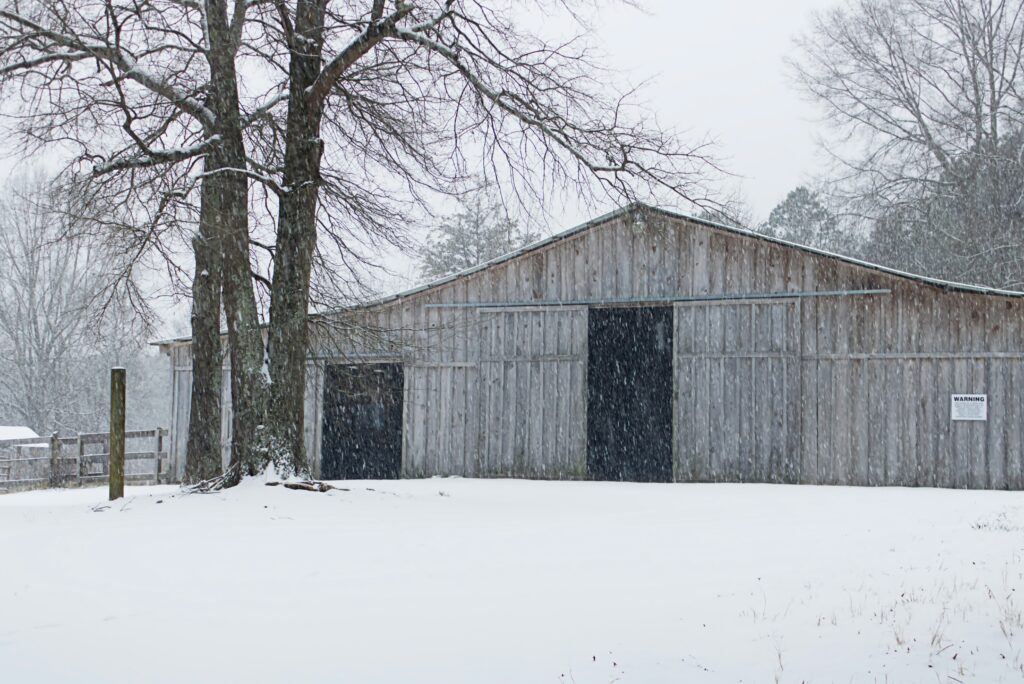Native Plants
One of the key principles of botanical landscaping is using native plants in your garden designs. Native plants are welladapted to the local climate and soil conditions, making them lowmaintenance and resilient to pests and diseases. By incorporating native plants into your garden, you can create a biodiverse ecosystem that supports local wildlife and pollinators.
Habitat Gardens
Creating a habitat garden is a great way to attract birds, butterflies, and other beneficial insects to your outdoor space. By planting a variety of flowers, shrubs, and trees that provide food and shelter for wildlife, you can create a thriving ecosystem in your own backyard. Consider adding a bird feeder, a butterfly garden, or a bee hotel to provide additional habitat for local wildlife.
Rain Gardens
Rain gardens are designed to capture and store rainwater, reducing erosion and runoff while providing a source of water for plants. By planting waterloving plants in a shallow depression in your yard, you can create a beautiful and functional rain garden that helps to conserve water and protect the environment. Consider adding a variety of native grasses, sedges, and wildflowers to enhance the beauty and ecological value of your rain garden.
Edible Landscapes
Edible landscapes combine the beauty of ornamental plants with the functionality of edible plants, creating a sustainable and productive outdoor space. By planting fruit trees, vegetable gardens, and herb beds in your garden, you can enjoy fresh and nutritious produce while reducing your carbon footprint. Consider incorporating edible plants into your existing garden designs to create a beautiful and functional landscape that provides food for both you and local wildlife.
Vertical Gardens
Vertical gardens are a spacesaving solution for small yards or urban environments, allowing you to grow a variety of plants in a limited space. By planting climbing vines, hanging baskets, or vertical planters on walls, fences, or trellises, you can create a lush and verdant garden that adds visual interest to your outdoor space. Consider adding a living wall, a vertical herb garden, or a hanging basket garden to create a stunning and sustainable vertical garden design.
Conclusion
Botanical landscaping offers a creative and sustainable approach to designing your outdoor space. By incorporating native plants, creating habitat gardens, and utilizing rain gardens, edible landscapes, and vertical gardens, you can create a beautiful and ecofriendly garden that supports local wildlife and promotes environmental conservation. Consider implementing some of these botanical landscaping ideas in your own outdoor space to create a unique and enchanting garden that will be a source of pride and joy for years to come.
I hope this article provides you with inspiration and ideas for your botanical landscaping projects. Happy gardening!


 Home & Interior Design Specialist
Home & Interior Design Specialist
